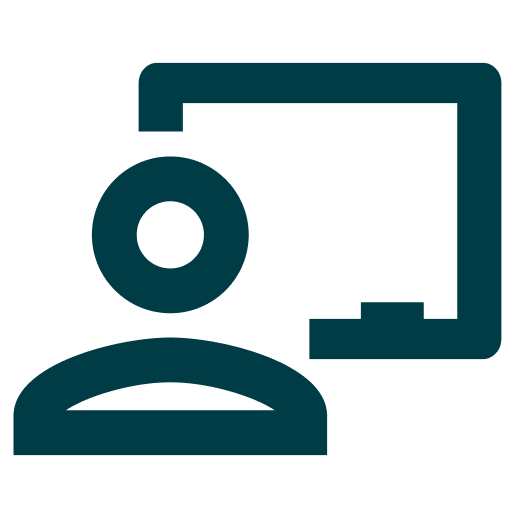When we talk about equity in assessment, it’s important to understand what the term equity means. Some educators use equity and equality interchangeably, but there are vast differences between the two terms. Equality means treating all students the same way. It ignores individual differences and imposes a one-size-fits-all approach to education. Equity means removing obstacles that interfere with student learning, such as limited English proficiency, poverty, and lack of access to standard educational resources.
Equity is more than simply being fair. It is about striving to achieve equality of outcome, which means doing whatever it takes to ensure that all students have equal access to high-quality education. Assessment is a tool that helps educators to know if students are achieving key milestones on their academic journey. A student’s performance on course quizzes and exams can determine whether they pass the class, so it’s important that educators follow principles of equity when creating these assessments.
With equitable learning outcomes as the foundation of assessment, objective measures of assessment quality, and individualized approaches to student feedback and remediation, educators can support every student on the path to success — in higher ed and beyond.
Implicit Bias and Its Effects in Teaching, Learning, and Assessment
The National Institute for Learning Outcomes Assessment (NILOA) calls for educators to approach assessment through a critical lens, which includes acknowledging the presence of bias in conducting assessment. Implicit bias is rooted in unconscious assumptions or personal inclinations, which makes it easy to overlook or ignore. But when bias begins to color learning outcomes, assessments, and teaching practices, it stands in the way of equitable teaching and learning.
Unchecked bias may cause instructors to include assessment items that students’ individual experiences outside of the classroom may prevent them from answering correctly or misinterpret the results of assessments in ways that are influenced by their own feelings and opinions about students. Assessments are used to evaluate student learning, so they must be accurate and useful measures of what students know and can do.
Strategies to Deliver Equitable Assessment
Educators who seek to promote equity in education may broaden their focus from what students can achieve on their own (as revealed by test scores) to what students can achieve when supported by educators and peers working together in equitable ways. For example, how can educators create an environment where every student feels valued? What are the barriers that are preventing each student from succeeding? What actions can educators take to remove these barriers?
Educators can begin by assessing their own biases and reflecting on how the questions that they include in their assignments and assessments may perpetuate inequity. For instance, asking a question that relies on students’ perception of color to answer correctly may disadvantage a student experiencing color blindness.
Educators can also use differentiation strategies to offer students multiple ways to demonstrate mastery. As they change their assessments to better meet students’ needs, it is important that the changes are appropriate for the context and based on evidence.
To promote equity in assessment, it is important that assessments remain high-quality. One of the ways educators can measure the quality of their assessments is to collect psychometric data and continuously evaluate alignment with learning outcomes and course objectives. Digital educational assessment tools make it easy to collect performance data that either validates the efficacy of teaching and assessment or indicates areas that require improvement.
ASCD suggests that it’s also important to evaluate the clarity and validity of learning outcomes. When educators use learning outcomes as the rationale for their approaches to assessment, the end result will be determined by the quality of those outcomes. With clearly outlined learning outcomes informing instruction and assessment, educators and students alike can have a clear vision of the path ahead.
Promoting Equity with Backward Design
Backward design is an effective way to make sure that instruction and assessment stays equitable. The idea behind backward design is simple: you start with the desired learning outcomes and then work backward to identify acceptable evidence of those outcomes.
Before creating assessments and other learning activities, instructors identify the learning outcomes they wish to target and develop a plan that includes instruction and assessment. Centering curriculum development around those learning outcomes makes the process easier and promotes better alignment and transparency. In this way, instructors can plan learning experiences and instruction to ensure they engage students in activities that will help them reach their goals.
Supporting Equity with Outcomes-Based Assessment
With a data-driven approach to assessment, educators can gain objective performance insights and actionable reporting to support and track progress toward equity-centered initiatives. A digital assessment platform with built-in data and reporting can help educators assess student performance based on clear learning outcomes and reduce subjectivity in grading.
Category tagging is a way to support the alignment of assignments and assessments with learning outcomes. With a category-tagging system in place, educators can view performance in each outcome to identify any topics that need greater attention and make necessary adjustments to instruction and assessment. Not only can category-based reporting reveal course-wide performance trends, but it can also identify individual students in need of additional support.
Psychometric analysis helps instructors ensure the reliability, consistency, and overall quality of their exams. This data informs objective adjustments to questions based on student performance. Metrics like item difficulty index and point-biserial help instructors know when to adjust scoring. A digital assessment solution with a centralized item bank makes it easy to access items and revise them for future exams.
ExamSoft simplifies the process of tracking progress toward learning goals and helps educators make informed decisions to support effective instruction and assessment. Contact us to learn how ExamSoft can support you in your efforts toward more equitable assessment practices.
Sources:
NILOA: A New Decade for Assessment
Vanderbilt University: Understanding by Design
ASCD: Advancing Fair and Equitable Digital Assessment
ExamSoft: How to Improve Teaching Strategies Through Student Assessment
ExamSoft: Limitations of Current Assessment Practices – and Their Solutions






